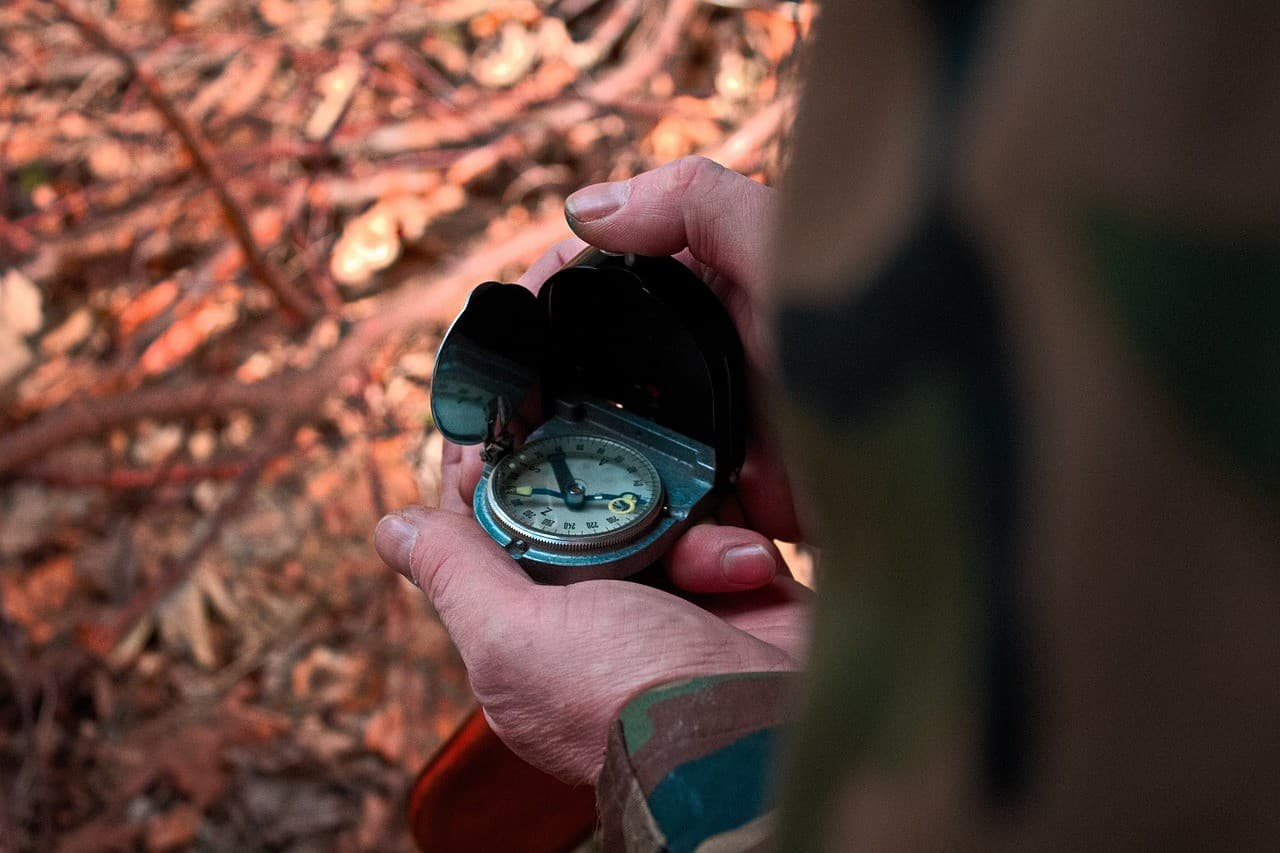Survival During the Holidays – What Awaits Participants of Survival Camps?

What is a survival camp all about?
A survival camp is focused on learning how to survive in natural, often challenging conditions – without modern comforts and with limited access to technology. Participants gain practical skills such as fire-starting, navigation, shelter building, first aid, and teamwork, all while developing independence and mental resilience.
What do you do at a survival camp?
At a survival camp, participants engage in activities such as starting a fire without matches, building shelters, orienteering hikes, learning first aid, sourcing water and food from nature, and overcoming natural obstacles. Everything is done in the spirit of cooperation, independence, and adventure.
A survival camp is a place where every day brings a new adventure, challenge, and opportunity to learn. Campers not only sleep in tents and camp in the forest but also acquire practical life skills – all in an exciting and memorable way.
Activities at the Survival Camp include:
Learning how to start a fire in difficult conditions
Night field games and guard shifts that teach courage and responsibility
Archery and introduction to military gear
Orienteering and field navigation – how not to get lost in the forest
Building shelters, rafts, and field kitchens
First aid training and simulated real-life scenarios
All-day expeditions and tracking games
Campfires with guitar music and making your own torches
Tracking animal signs and leaving patrol marks
All activities are supervised by experienced staff, and participants quickly form genuine camp friendships. A survival camp is not just fun – it’s also about building character, independence, and teamwork skills.
What to pack for a survival camp?
A survival camp is not just an adventure – it’s a challenge, so proper preparation is key. Since campers will be sleeping in tents, starting fires, building rafts and shelters, and participating in night games and hikes, every item in their gear should support independence, comfort, and safety.
Essential packing list:
Hiking backpack – spacious, comfortable, ideally with a hip belt
Sleeping bag – suitable for lower temperatures and moisture
Sleeping pad or self-inflating mat – for sleeping in tents or outdoors
Headlamp + spare batteries – essential for night watches and field games
Clothing for all weather – including a rain jacket, hoodies, trekking pants, swimsuit
Comfortable trekking shoes + spare footwear – e.g., for wetlands or beaches
Cap and warm hat – protection from sun and cold
Camp sleepwear – warm pajamas, socks, thermal underwear
Hygiene kit – towel, soap, toothbrush and toothpaste, wet wipes, hand sanitizer
Water bottle, mess kit (cutlery, mug, bowl) – for meals and field cooking
Insect repellent, sunscreen, personal first-aid kit – including any regular medications
Small daypack – for hikes and field activities
Notebook and pen – to take useful notes
Work gloves – useful for building shelters, rafts, or kitchens
Bag for dirty clothes and some ziplock bags – great for organizing small items
You don’t need prior experience or specialized gear – just a willingness to learn, a sense of adventure, and a well-prepared backpack.
What does survival offer?
Survival camps are more than just a summer adventure – they’re a school of life. Participants learn independence, resourcefulness, and how to work as a team. They acquire basic survival skills like fire-starting, shelter building, and forest navigation. Survival training strengthens mental resilience, builds confidence, and fosters responsibility. It’s also a unique opportunity to unplug from screens and experience a real adventure in nature.
See also:
- For the Love of Nature - The Best Survival Camp
- Multithematic Camps – A Summer Mix of Fun, Sports, and Creativity!
- Movement, Fun, and Health – All in One! Discover the Benefits of Multisport Camps
- Courage, Discipline, Cooperation – What Do Military Camps Teach?
- Climbing Camps 2025 – Unforgettable Adventures for Rock and Mountain Enthusiasts

